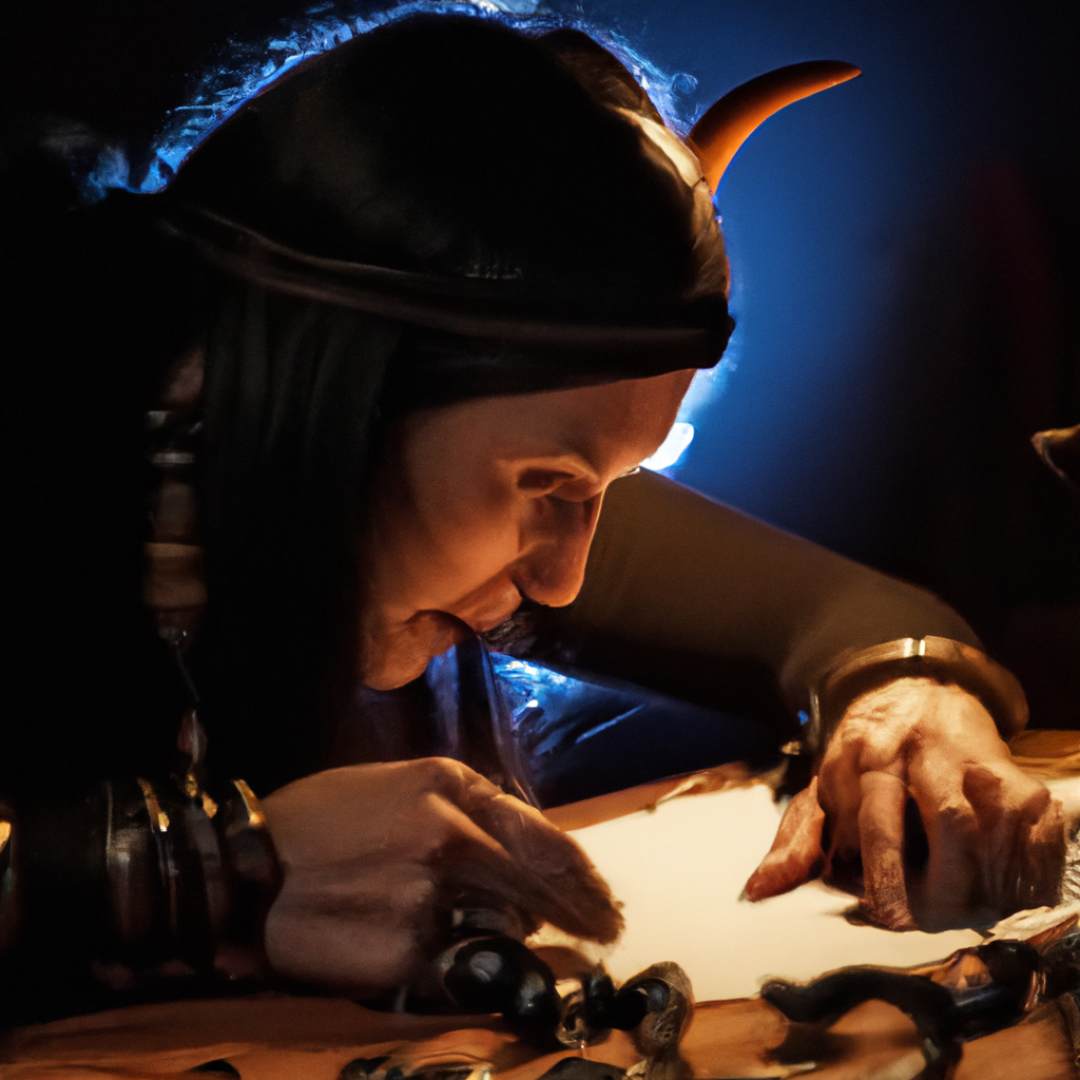In the warmth of our family's gathering around the stove on New Year's Eve, there was an undeniable sense of anticipation and wonder. This was an exciting tradition I remember, a tradition and practice that carried the weight of predicting our future, new year divination.
The tradition lay in the mystical transformation of tin into shapes that hinted at the future. Each pours into the water unveiled a new form—a curious blend of objects, traits, or skills. The beauty was in the interpretation, where the tin shapes held secrets, both personal and collective, for each family member.
Discovered that it was also practiced in Sweden
I asked my friends if they knew about this New Year divination form, but they have not heard about it. Since I have Finnish roots in my family I thought it could be a Finnish tradition. But then I found a text from the 19th century where a man told about a memory. And his memory is:
“In our household, the custom was to cast lead on New Year's Eve. Lead was procured specifically for this occasion, and then carefully divided into small, appropriate pieces, one for each person. These pieces were then melted, allowing individuals to glimpse their future fortunes for the upcoming year. The molten lead was then poured into a tub filled with snow, revealing astonishing formations.
For those whose lead appeared dark or gravelly, the forecast was often mundane, indicating potential hardships like illnesses and the like. Conversely, a lighter appearance hinted at a year filled with happiness and joy for that person. Should the lead take on a shape resembling a ship, it was believed that the individual would find employment associated with ships or maritime ventures.
Each person cherished their piece of lead as something precious, keeping it close until the following New Year when it could be cast once more, although this method was considered less reliable. Hence, there was a desire to acquire a new lead for each new year, ensuring fresh insights into what lay ahead.” - Man from Umeå, Sweden year 1860.
How to do the New Year divination
-
Gathering the Materials:
- Obtain a piece of tin suitable for melting.
- Prepare a safe melting surface like a stove or a fire pit.
- Have a container of water ready.
- Melting the Tin:
- Heat the tin piece slowly and steadily over the flame or on a stove until it melts completely. Exercise caution while handling molten tin.
- Pouring the Molten Tin:
- Pour the liquefied tin into the container of water.
- Watch with anticipation as the tin transforms upon contact with the water.
- Interpreting the Shapes:
- Observe the shapes formed by the cooled tin in the water. Pay attention to their distinct forms and structures.
- Engage in a collective interpretation session with family and friends. Encourage everyone to share their insights on what they see in the shapes.
Encourage open discussions about the shapes and their potential meanings. Remember, interpretations can vary widely. Emphasize that these interpretations can represent not only personal aspects but also collective family fortunes for the upcoming year.
Retrieve the cooled tin shapes from the water and allow them to dry completely. Consider keeping these sculptures as tokens of hope and positivity for the coming year. They can serve as reminders of the predictions and the unity shared during the tradition.
Remember, this new year divination is not just about the shapes the tin takes but also about the joy of coming together as a family, sharing interpretations, and embracing the possibilities of the future. Enjoy the practice and the stories it brings to life!
The Evolution to Modern Times
While tradition often evolves, so does the material used. Lead, once the metal of choice, has given way to tin in contemporary times due to health concerns. This shift signifies a commitment to preserving the tradition while ensuring the safety of its practice.
Conclusion
As we carry forward this cherished tradition, it's more than the shapes of tin or the metal poured—it's the enduring bond it fosters among family. The anticipation, the interpretations, and the unity it brings remain invaluable.
Wishing you all a year filled with joy, prosperity, and the warmth of cherished traditions. Here's to embracing the future with hope and positivity. Happy New Year!

